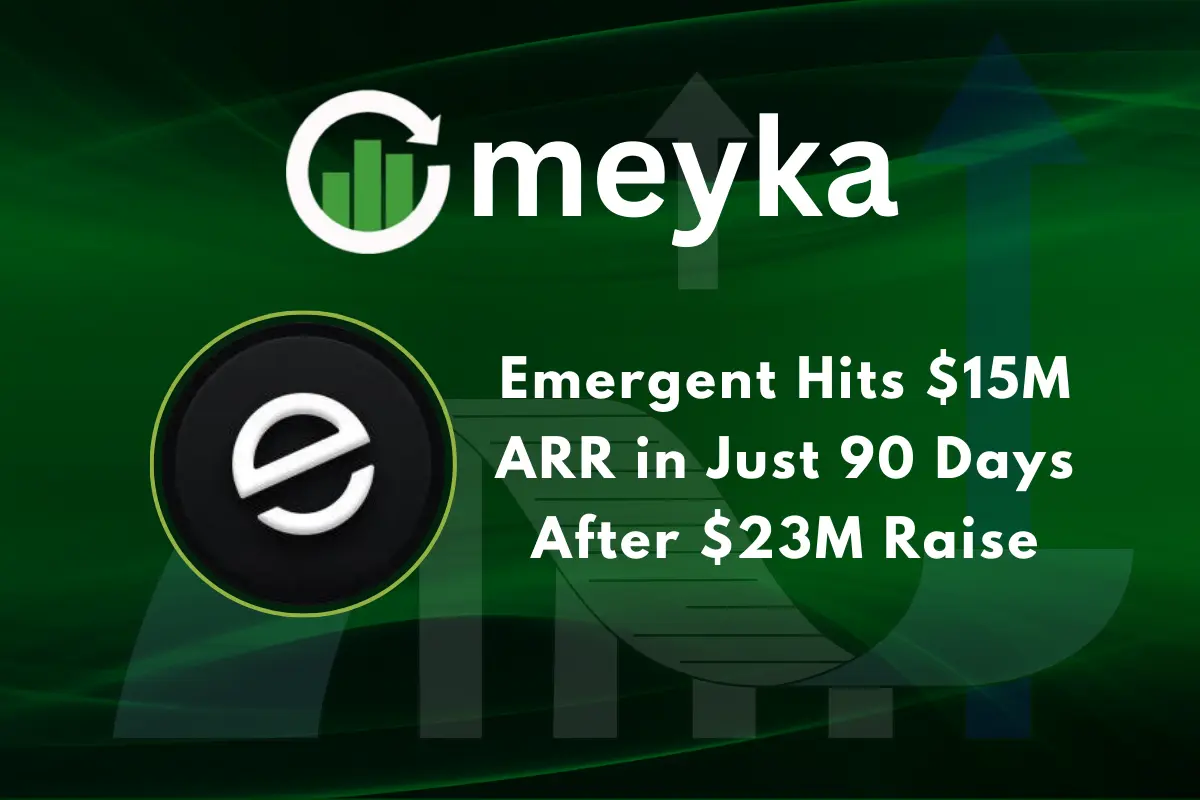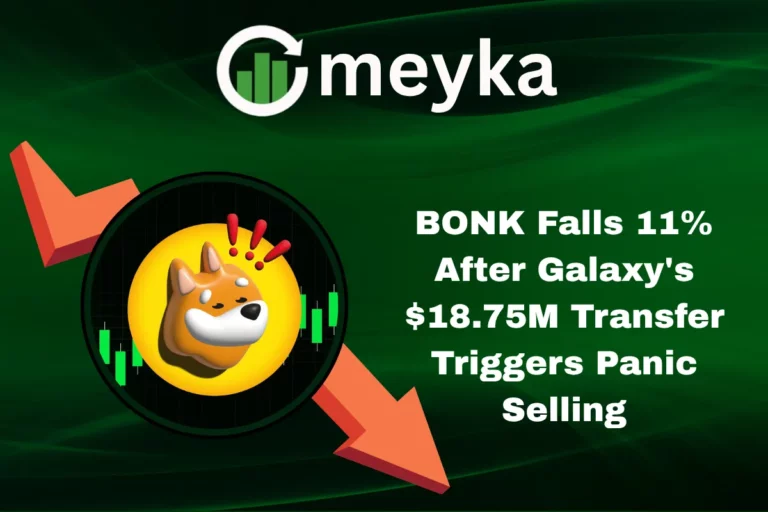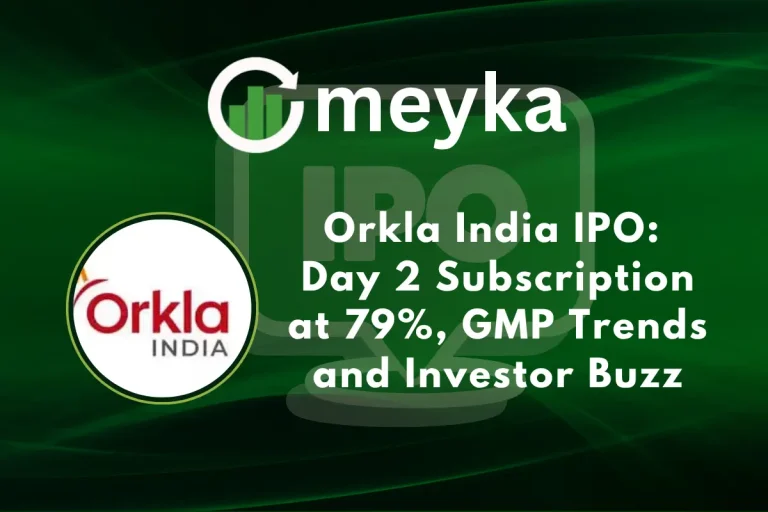Emergent Hits $15M ARR in Just 90 Days After $23M Raise
On September 24, 2025, Emergent announced a stunning feat: it raised $23 million in Series A funding and then hit $15 million in annual recurring revenue (ARR) within just 90 days. Many startups dream of that kind of growth. Very few make it real so fast.
We watched closely as Emergent flipped the script on how software gets built. Their platform lets people with no coding skills create full apps, while the system handles servers, logins, scaling, and more. In three months, what started as a promise became proof. Their $15M ARR is not just a number; it signals serious product-market fit.
We will explore how Emergent achieved this, what drove their rapid growth, and what risks lie ahead.
About Emergent: Company Background
Emergent is an AI-first company that builds apps from natural language prompts. The founders are twin brothers Mukund and Madhav Jha. The product aims to let non-technical users describe an idea and get a working app. The platform handles hosting, user auth, APIs, and many backend tasks. Emergent joined Y Combinator and launched publicly in 2025. The firm says it has grown quickly in users and apps built as demand rose for low-code and “vibe coding” tools.
The $23M raise: Fuel for Growth
On September 24, 2025, Emergent announced a $23 million Series A round. Lightspeed led the round. Other investors included Together Fund, Y Combinator alumni investors, Prosus Ventures, and notable angel backers. The funds are for product work, hiring, scale, and go-to-market efforts. This capital also signals strong investor belief in the product and team.
Hitting $15M ARR in 90 Days: The Growth Story
Emergent reached more than $15 million in annual recurring revenue within 90 days of its launch. The company reported rapid adoption by small businesses and creators who wanted to build apps fast. Emergent’s approach reduces the technical lift for customers by automating deployment and maintenance. Rapid onboarding and viral product loops helped accelerate revenue. Hitting this ARR milestone so quickly is rare and points to high demand for agentic tools that automate app building.
Key Drivers behind the Rapid Scaling
Product-market fit seems central to Emergent’s quick rise. The product directly addresses a clear pain: building functional apps without deep coding skills. The platform also bundles operational tasks like scaling and monitoring. Marketing focused on simple value propositions. Sales targeted small businesses, solo founders, and creators who need fast prototypes. Investor networks and press coverage provided an extra push. Finally, the broader trend toward AI-driven developer tools lifted interest across markets.
Go-to-market and Product Tactics
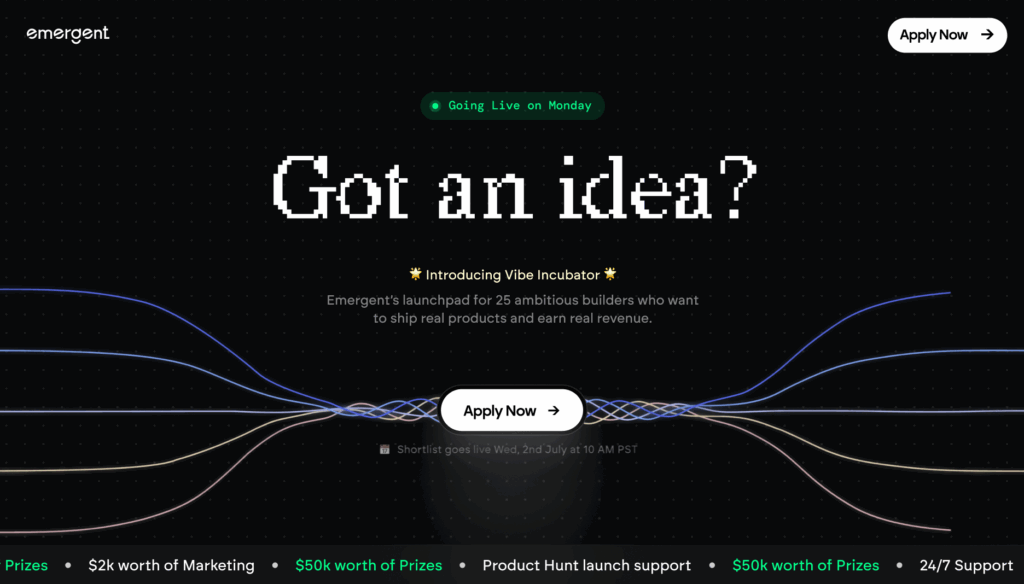
Emergent used an easy onboarding flow. New users can start with templates or prompt a custom app idea. The platform converts prompts into working code and deploys it automatically. Pricing mixes free tiers for basic use with paid plans for production apps. Partnerships with developer toolchains and marketplaces broadened reach. Community content and tutorials helped users move from trial to paid plans faster. This playbook shortened the sales cycle and improved conversions.
The SaaS and Startup Ecosystem Context
The AI tools wave in 2025 made many investors chase fast growth. Vibe coding and agentic platforms are now mainstream ideas. Other startups have posted fast ARR numbers recently, but Emergent’s 90-day leap ranks among the fastest reported. The funding market remains active for AI startups, though investors now demand proof of real revenue and retention. Emergent’s milestone arrives at a time when many firms are judged by unit economics, not only by user counts.
Challenges Ahead
Sustaining rapid growth is hard. Keeping churn low will be vital. The platform must prove long-term reliability for paying customers. Server costs and engineering burn can rise fast as usage scales. Competition from established low-code vendors and new AI-first rivals is intense. Managing enterprise security, privacy, and compliance will be a test if Emergent moves up-market. Finally, pressure to show healthy gross margins could force tough trade-offs between growth and profitability.
Expert Reactions and Market Signals
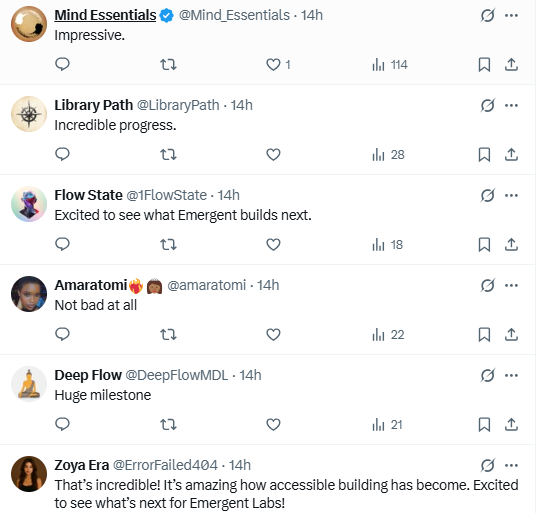
Media coverage was immediate after the funding news. Analysts noted the strong vote of confidence from Lightspeed and other backers. Tech outlets highlighted the speed of adoption and the broader trend for agentic systems that finish complex tasks. Investor commentary focused on the team’s pedigree and the potential to democratize app creation. Customer anecdotes in early reports emphasize how fast prototypes turned into paying products.
What does this mean for Founders and Investors?
Founders should read this as proof that execution matters as much as product promise. Fast funding opens doors, but rapid revenue growth requires tight focus on onboarding, pricing, and retention. Investors will watch metrics like net dollar retention and unit economics closely. The record also reinforces interest in tools that lower the barrier to software creation. Some investors may use AI stock research analysis tool data and dashboards to track which platform gains real traction. The Emergent case will be studied by startups that seek to combine product virality with direct monetization.
Bottom Line
Emergent’s $23 million raise and the $15 million ARR milestone in 90 days mark a dramatic start. The company captured demand for quick app building. The path ahead will test durability. Success now depends on retention, margins, and product reliability. If Emergent can keep customers and manage costs, the early promise could become a long-term success story. If not, the speed of growth may prove to be a short burst. The next 12 to 18 months will show which path emerges.
Frequently Asked Questions (FAQs)
Emergent reached $15M ARR in just 90 days after its $23M funding on September 24, 2025, showing strong early demand and product adoption.
Emergent’s vibe coding platform, launched in 2025, lets users describe app ideas in plain language. The system then builds, hosts, and manages the apps without coding skills.
Disclaimer:
The above information is based on current market data, which is subject to change, and does not constitute financial advice. Always do your research.
